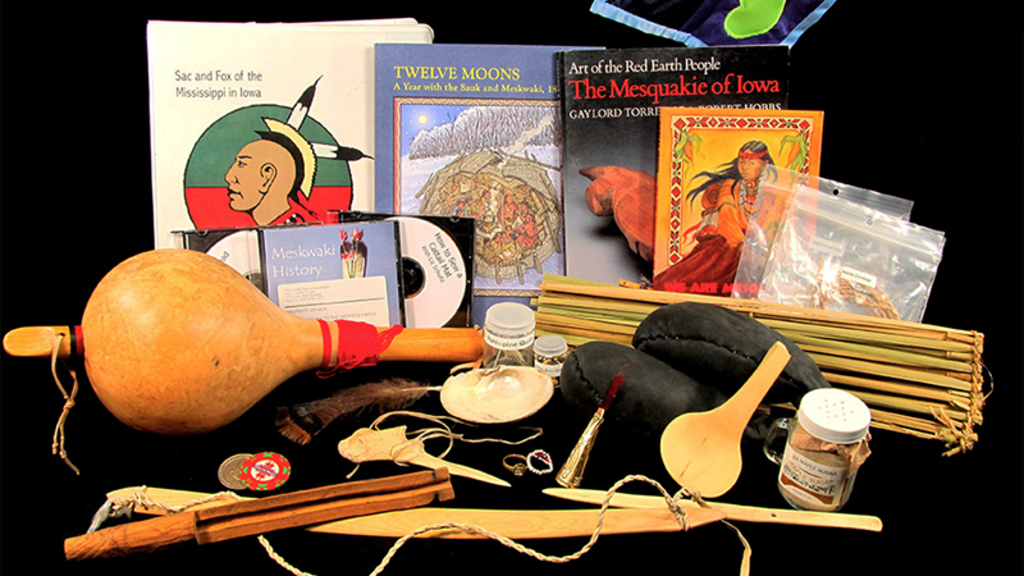The OSA teaching collections are used for educational exhibits and demonstrations, K-12 classroom activities, collegiate training and workshops, and more. Authentic archaeological artifacts in these collections are primarily sourced from private donations with poorly documented locational data. Replicas and reproductions such as scapula hoes, woven mats, and arrows help educators to demonstrate technologies that are not preserved in the archaeological record.
Object Types
| Material Type | Objects |
|---|---|
| Chipped stone | Projectile points, scrapers, bifacial tools, debitage |
| Ground stone | Axes, celts, adzes, manos, metates, hammerstones, nutting stones, abraders |
| Faunal Remains | Modern specimens of animal bones, teeth, and mussel shells; replica modified bone and shell items; animal paw and tooth casts; furs, hides, and quills |
| Pottery | Reproduction and replica pots, reproduction pot sherds, unprovenienced grit- and shell-tempered pot sherds; pottery making tools |
| Plants | Seeds, fibers, dried plants, reproduction cattail mats |
| Other lithics | Lithic raw materials, fire cracked rock |
| Historic Indian | Replica games and game equipment; reproduction ribbon applique, flags, regalia items; replica trade items |
| Historic Euro-American | Reproduction textiles and personal items; authentic earthenware, porcelain, and crockery; buttons; bottles and glass; household and farm items; |
| Media | Pamphlets, booklets, children's books, video |

Archaeology Discovery Trunks
OSA rents comprehensive teaching resource kits to Iowa educators. Check out our eight different themes that cover Iowa's archaeological past from 13,000 years ago through 1800s dairy farming.
Why Context Matters
Authentic artifacts in OSA teaching collections include objects with no or poorly documented locational information. When an artifact's location is lost or not recorded, much of its story and all of its research potential for archaeologists is also lost. An artifact's horizontal (where it is on the landscape) and vertical (how deep it is) provenience provides important contextual information for researchers, such as how that artifact relates to other artifacts and features within an archaeological site and how that site relates to other sites and the landscape. A common analogue is to think of your favorite book. If someone ripped out random pages of that book, or even entire chapters, what important information would you miss about the story?